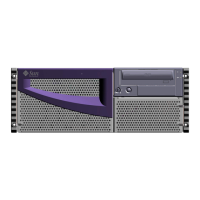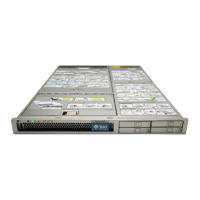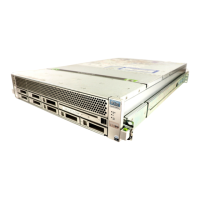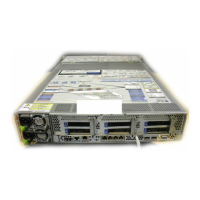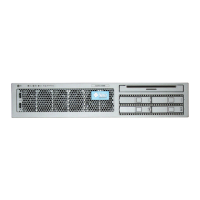50 SPARC Enterprise Mx000 Servers Administration Guide • August 2009
Domains and System Boards
A domain is an independent system resource that runs its own copy of the Solaris
OS. Domains divide a system’s total resources into separate units that are not
affected by each other’s operations. Domains can be used for different types of
processing; for example, one domain can be used to test new applications, while
another domain can be used for production purposes.
The entry-level server supports only a single domain, one CPU, 8 dual inline
memory modules (DIMMs), and I/O. Midrange and high-end servers support
multiple domains and one to 16 physical system boards (PSBs). One PSB consists of
4 CPUs, 32 DIMMs, and I/O. The I/O varies by server, and can include PCIe slots,
PCI-X slots, and built-in I/O.
Entry-level servers have a fixed system board configuration by default; you do not
need to reconfigure the system board.
To use a PSB in your midrange or high-end server, the hardware resources on the
board must be logically divided and reconfigured as eXtended System Boards
(XSBs). There are two modes of XSBs:
■ Uni-XSB
■ A PSB logically undivided and configured into one XSB
■ Contains all the resources on the board: 4 CPUs, 32 DIMMs, and I/O on a
midrange and high-end server; 1 CPU, 8 DIMMs, and I/O on an entry-level
server.
The following figures show a PSB in Uni-XSB mode on entry-level, midrange, and
high-end servers.
Note – On midrange and high-end servers, the CPU modules and memory modules
are known as the CPU/memory board unit (CMU), and the I/O devices are
contained in the I/O unit (IOU). The terms CMU and IOU do not have meaning for
entry-level servers.
